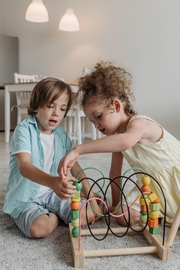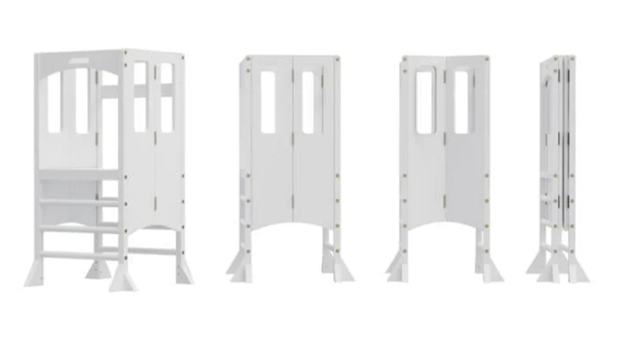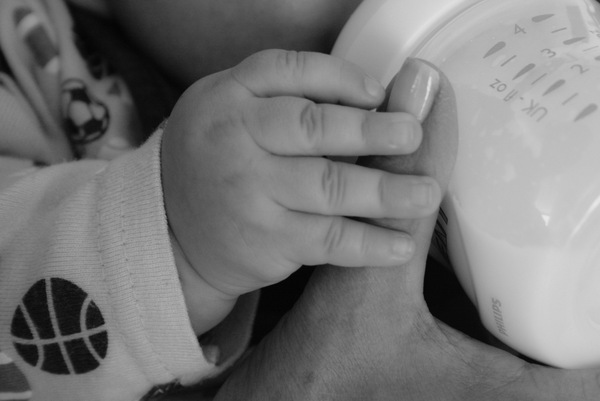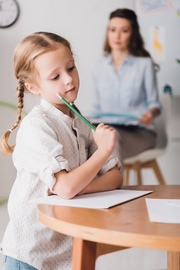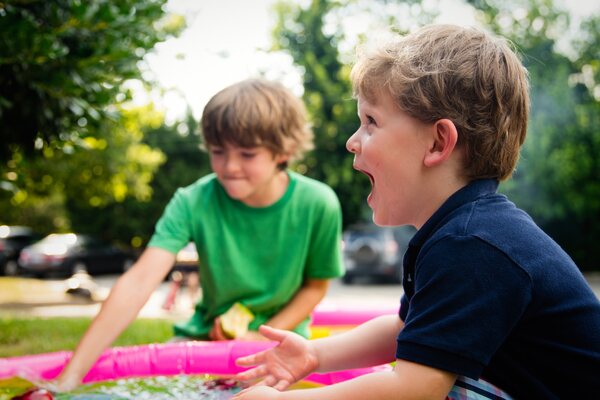Are Educational Toys Safe for Kids?
Educational toys aren’t simply just objects of play: they’re designed to promote children’s intellectuality and stimulate their emotional and physical development. Hence, they’re also called “instructive toys.” While they’re fun and educational, they’re among the reasons many kids are brought to hospital emergency departments.
For example, it’s common for children three or younger to put objects, including toys, in their mouths. If they’re left unattended, this may cause choking. This is why toy manufacturers have to follow guidelines. They’re required to categorize toys for specific age groups.
Not only them but parents should also supervise kids’ play.
Educational Toy Guidelines
Regarding choking, think large to prevent it. Ensure all educational toys and their parts are larger than your child’s mouth so they can’t easily swallow them. Apart from small toys, avoid toys that are:
- Loud – may damage kids’ hearing
- Projectile, and shoot objects into the air – may cause choking and severe eye injuries
- Hobby kits and chemistry sets – may contain dangerous chemicals and cause fires or explosions (only recommended for 12+ years); and
- Toxic – may cause poisoning.
Additionally, always follow age-appropriate toy recommendations to ensure their safety. Even if your child seems advanced compared to others of the same age, avoid giving them toys meant for older children. The age levels for toys are neither determined by intelligence nor maturity but by safety factors.
It’s also important to consider a kid’s temperament, habits, and behavior. For example, if they’re curious about the kitchen, allow them to join you when you’re cooking but with safety in mind. Try to shop for Steps2Learning Towers online. Although it’s generally furniture, it can be considered an object of play. It’s convertible from a kitchen tower that kids can use to a table and chair for mealtime, role-play games, art activities, and other fun.
Lastly, always read labels. They tell you what ages the toy is safe for and how to use it correctly. Understand it well since you must teach your kid to play it safely while having fun. When reading labels, note the following general guidelines:
- Toys made of fabric must be labeled as “flame-resistant” or “flame-retardant”;
- Stuffed toys must be labeled as “washable”;
- Painted toys must be labeled that they “use lead-free paint”;
- Art materials – must be labeled “non-toxic”; and
- Crayons and paints must be labeled with “ASTM D-4236” on the package. It means the product has been tested non-toxic and non-hazardous by the American Society for Testing and Materials.
Benefits of Educational Toys
Educational toys help improve children’s learning in many ways. They can develop kids’ logic and problem-solving skills, encourage communication skills, refine motor skills, and nurture their creativity.
Specifically, here are the common skills kids can gain when playing with educational toys:
- Sensory Skills – Playtime helps kids develop their sense of sight, hearing, and touch. For example, toys like crib mobiles and interactive toys can provide tactile sensations to babies, stimulating their senses from all angles.
- Motor Skills – As babies, toddlers, and older kids grow to explore the world around them, developing their fine motor skills (their ability to make movements using the coordination of their small muscles) is important. Grasping, crawling, balancing, walking, and other motor skills are integral for their physical strength and movement development.
- Language Skills – Toys that can teach the alphabet, pronunciation of words, and vocabulary can help build and develop your kid’s language communication skills. They especially help toddlers learn words daily, which can promote their language development. However, as stated, opt for toys that aren’t too loud to prevent your kid’s ear damage.
- Problem-Solving Skills – Toys aimed at problem-solving help kids determine what’s wrong when something doesn’t work. These enable them to be open-minded, be more aware of their surroundings, identify issues and possibilities, and solve problems.
- Creativity and Imagination Skills – Children are already incredibly imaginative, and toys can help expand children’s imagination even more. Most educational toys are designed to further support kids’ imaginative play and creative thinking in kids.
More importantly, children who aptly develop the skills mentioned above are found to be likely to have their intelligence quotient (IQ) increase gradually. Besides skill development, educational toys are helpful for kids’ concentration and their development of social and emotional skills. Their fun part also helps improve the retention of their practical skills and detailed learning.
Are Educational Toys Safe for Kids?
Educational toys and other kinds of toys are made safe. Most countries monitor and regulate them. For example, if you’re from the United States (US), the Consumer Product Safety Commission (CPSC) mandates all manufacturers to follow their safety guidelines.
CPSC doesn’t allow toys on the market unless they’re tested safe and labeled appropriately. They also provide safety advice on how to buy the right toys to parents. Follow their age-appropriate toy recommendations to ensure your kids’ safety and learning.
Final Thoughts
As parents, safety is your top priority when buying any kids’ toy. You can easily achieve it by researching the right toys at the right ages online and reading the labels to ensure they follow the government’s recommended safety standards. If unsure, it also pays to seek professional advice.

